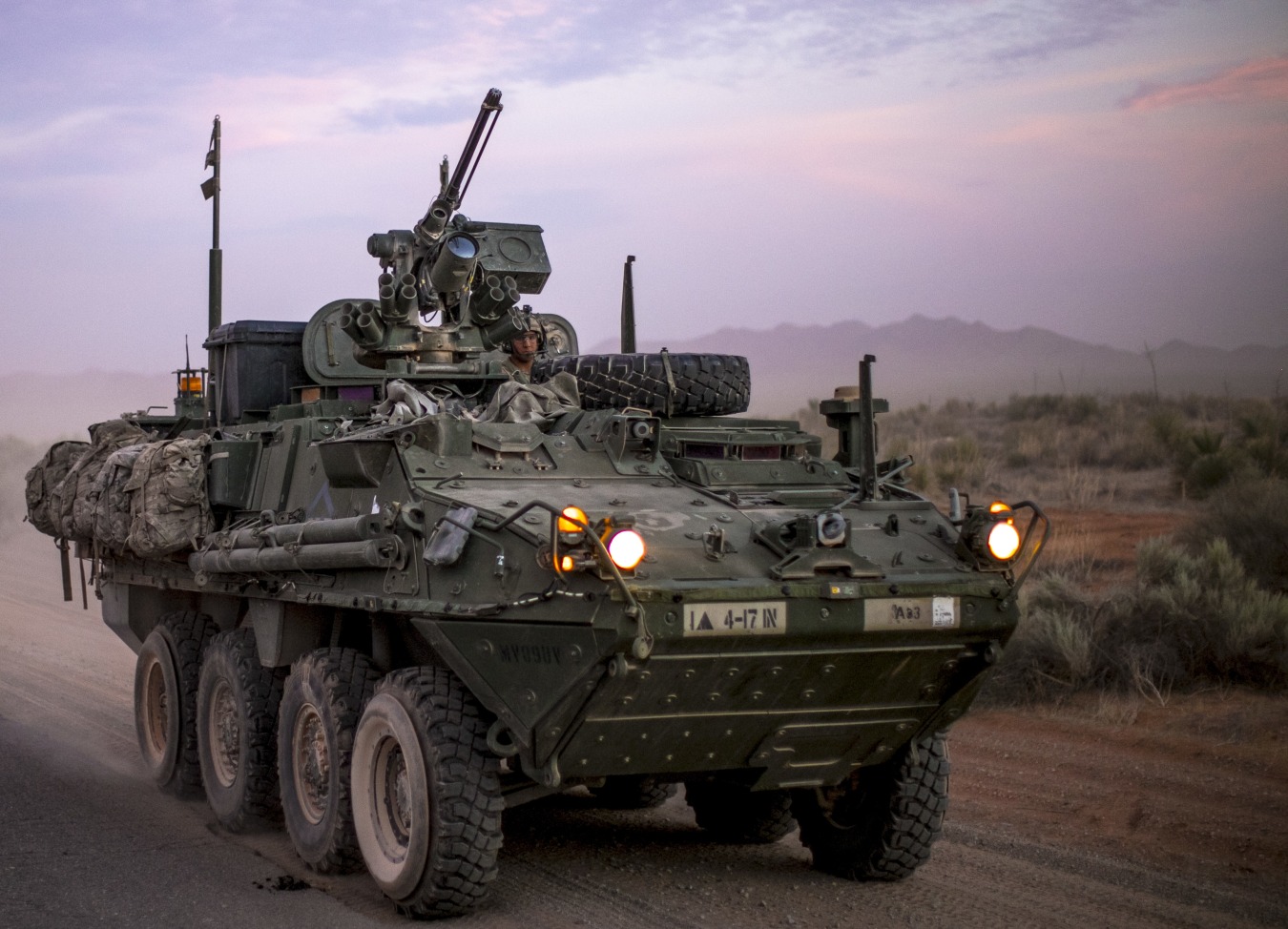In a stark warning about the increasing military threats emanating from North Korea in the coming year, a former US Forces Korea (USFK) commander has called for the deployment of a US tank battalion to South Korea.
General Burwell B. Bell, the former commander of US Forces Korea (USFK) from 2006 to 2008, conveyed his concerns and recommendations in a New Year’s message sent to the Korea-US Alliance Foundation.
General Bell, who is already retired, highlighted the “escalating” challenges faced by the allies in the region and emphasized the need for a proactive approach to strengthen defense capabilities.
Specifically, he urged the United States to send a tank battalion to South Korea to augment the existing Infantry Stryker brigade. The call comes as a response to the perceived heightened threats posed by North Korea.
Last year, the US Army transformed strategically by shifting its rotational force stationed in South Korea to a new brigade combat team that utilizes the Stryker armored fighting vehicle.
This marked a departure from the previous configuration, which relied on the operation of M-1 Abrams tanks and M-2 Bradley Fighting Vehicles.
Despite this transition, a crucial decision was made to retain the equipment of the previous armored combat team. This includes the M-1 Abrams tanks and the M-2 Bradley Fighting Vehicles.
Retaining these assets on the Korean Peninsula was a deliberate measure taken by the US Army to ensure the maintenance of defense capabilities in the region.
General Bell underscored the significance of maintaining prepositioned tank stocks on the Korean Peninsula, citing the need for enhanced military ground unit commitment and readiness.
He expressed that the upcoming year is expected to present the “most serious” threat to peace and stability on the peninsula since the 2010 sinking of a South Korean warship by North Korea, which resulted in 46 casualties.
The retired general urged the United States and South Korea to cooperate in public solidarity. He said that such a united front, coupled with a demonstration of increased military readiness, would be the best way to ensure continued peace and stability in the region.
USFK In Korea
According to South Korea’s 2022 Defense White Paper, the USFK maintains around 28,500 troops and approximately 280 armored vehicles.
As General Bell suggested, deploying a US tank battalion would significantly reinforce the region’s defense capabilities in response to the evolving security landscape.
However, as of now, there is no evidence or indication of plans of this nature from the U.S. military.
It is noteworthy to highlight that the decision to deploy a Stryker-outfitted brigade to South Korea was influenced by the heightened demand for US tank units in Europe, a surge attributed to Russia’s invasion of Ukraine.
As a response, Strykers were chosen to fulfill the rotational role in South Korea, providing a measure to alleviate strain on the tank force while maintaining a robust defense posture on the Korean Peninsula.
Yet, as stated, the US military still maintains a brigade’s worth of M1 Abrams tanks on the peninsula as a prepositioned stock, ensuring rapid deployment during a conflict.
Meanwhile, the US Army recently announced that the 3rd Cavalry Regiment, known as the “Brave Rifles,” based in Fort Cavazos, Texas, is set to deploy to South Korea in early 2024.
This deployment is part of a routine rotation, and the regiment is scheduled for a “winter deployment” to replace the 4th Infantry Division’s 2nd Stryker Brigade Combat Team on the Korean Peninsula.

The deployment will last approximately nine months, barring any unforeseen events. The “Brave Rifles” cavalry regiment was previously deployed in 2018-19 to the Middle East as part of Operation Inherent Resolve and the conflict against ISIS.
During this deployment, around 60 troopers earned combat badges, primarily for their actions in the face of enemy indirect fire and improvised explosive devices.
Nonetheless, the proposal put forth by the former commander of US Forces Korea (USFK) emerges amidst heightened concerns in South Korea regarding North Korea’s string of missile launches.
Since last year, Pyongyang has conducted a series of missile tests encompassing intercontinental ballistic missiles, cruise missiles, and satellites—some of which experienced launch failures.
Experts posit that despite South Korea’s adoption of a more assertive military stance against North Korea, its defense strategies must also account for potential threats from China.
The growing concerns center around the possibility of a two-front conflict initiated by both North Korea and China, requiring a comprehensive approach to address the challenges posed by these two countries.
- Contact the author at ashishmichel(at)gmail.com
- Follow EurAsian Times on Google News